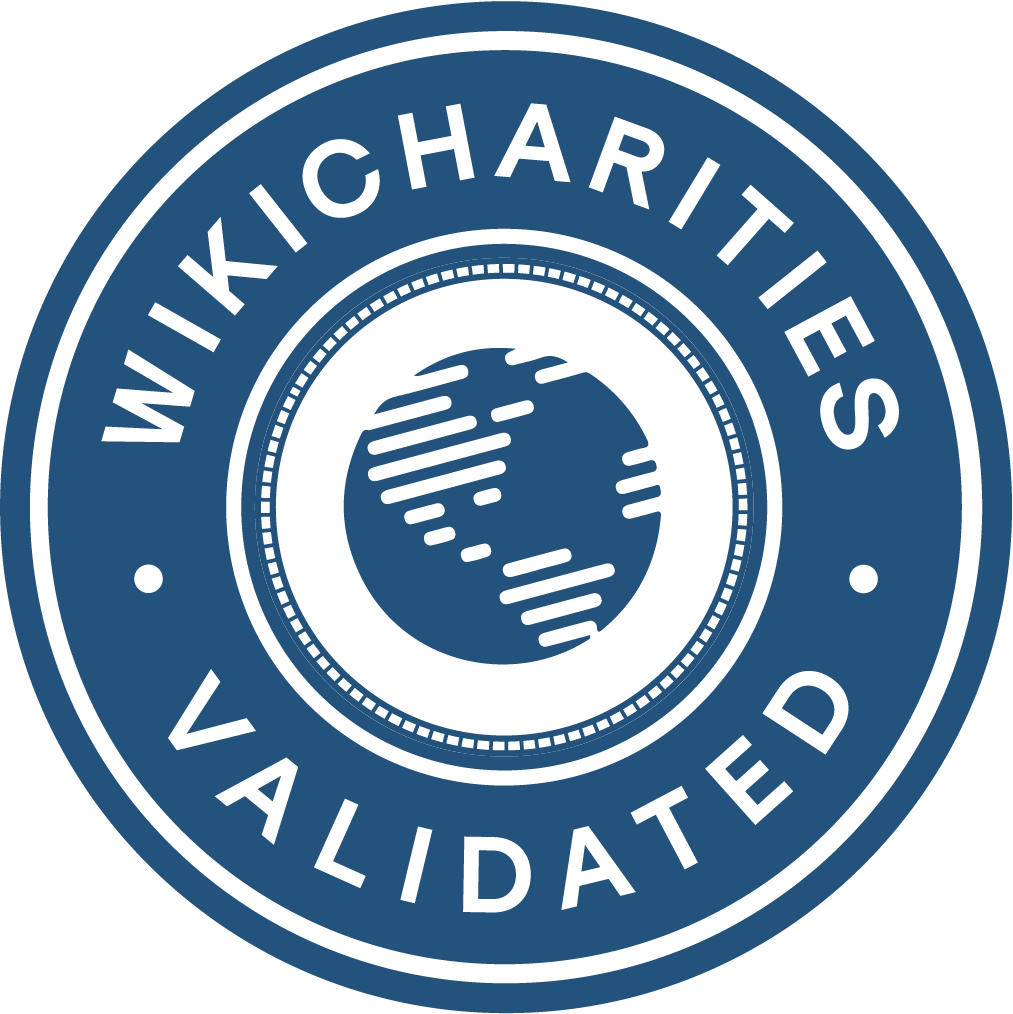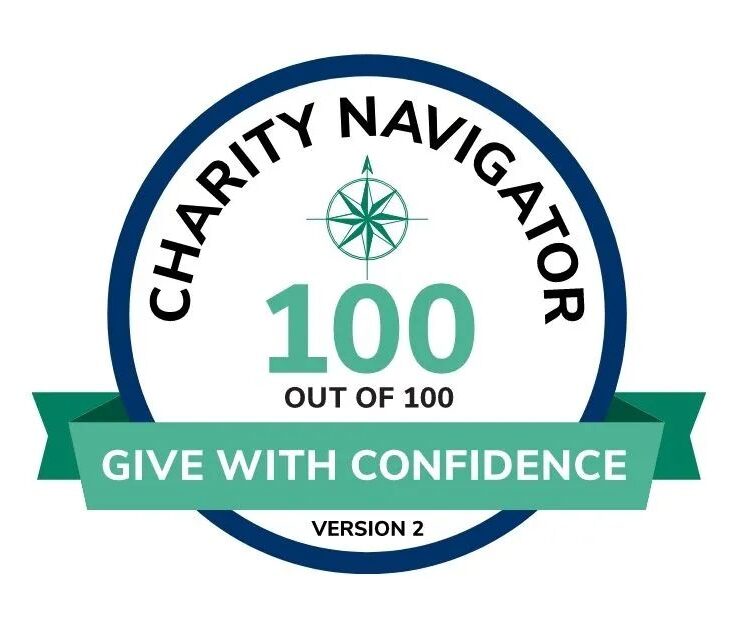What is voluntourism? If you’re familiar with the non-profit industry, you probably know that organizations that host service trips are often under scrutiny. Voluntourism, put simply, is the industry surrounding trips that are created with the purpose of allowing volunteers to both travel and serve abroad. However, for some people the term has a negative connotation. World Vision identifies some criticisms of voluntourism on their website.
There are a variety of other criticisms of voluntourism, among them:
“Local resources are drained: Communities receiving volunteers want to be great hosts, so they pour their own resources into ensuring food and accommodations are sufficient. These resources could be better used to improve their own lives.”
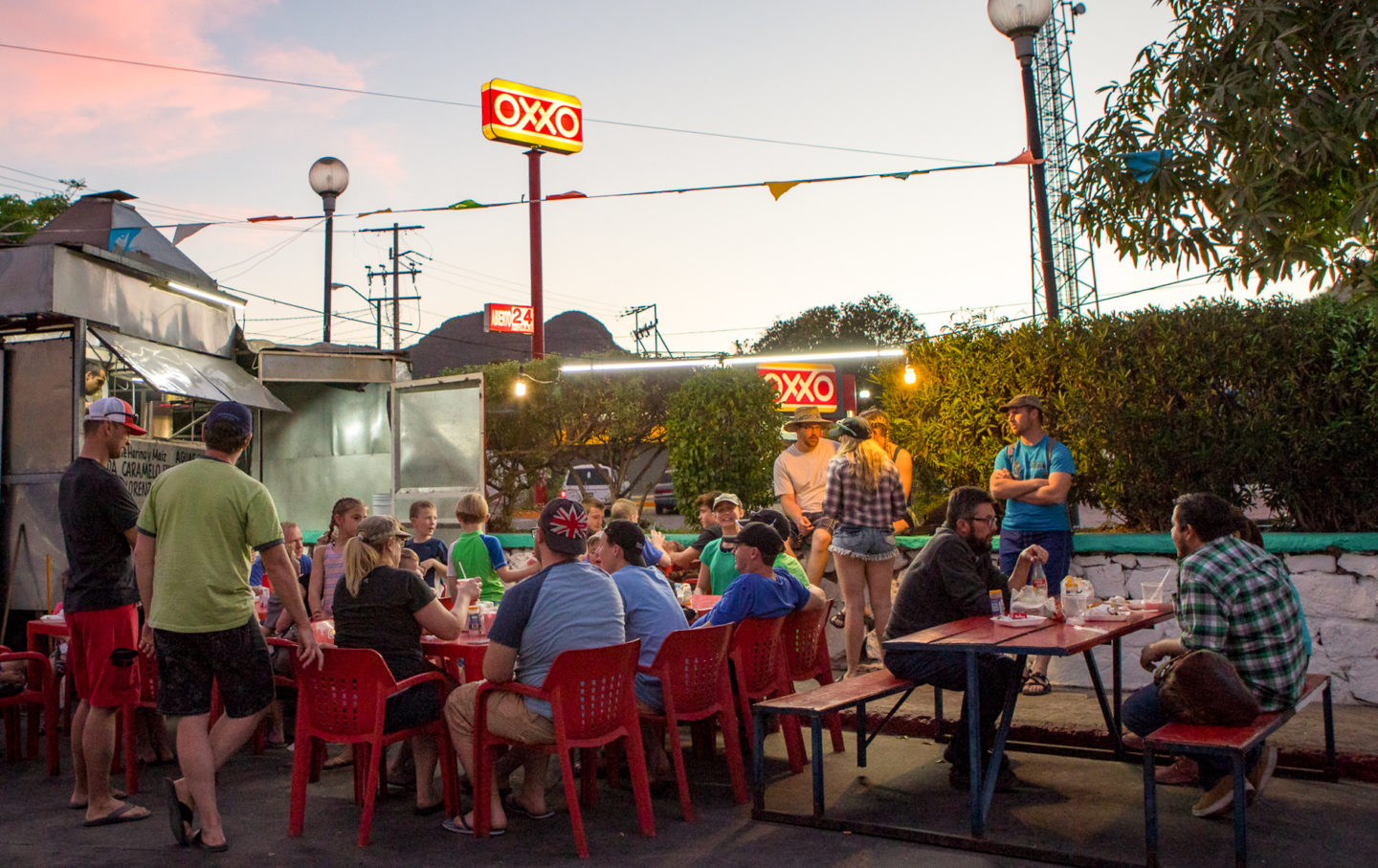
At A Child’s Hope, when a volunteer pays for a service trip, their fees actually go towards the orphanage that is hosting. They pay for several meals prepared by the orphanage staff as well as the sleeping arrangements. Better yet, volunteers often eat at local restaurants and food stands, giving more back to the local economy.
Volunteers are inexperienced: One of the biggest arguments against voluntourism is the lack of related experience volunteers have for the work they’re expected to do in the field.
At A Child’s Hope, while service projects are a part of our trips, they’re the least important part. Spending quality time playing, reading, and engaging with the kids is the most important part of a volunteer’s visit. Where service projects are concerned, we match volunteers up with the best suited projects as well by evaluating their skills and preparing them for projects prioritized from an Orphanage Improvement Roadmap. This is a larger, orderly plan that is built in partnership with the orphanage directors to fill the gaps in what they’re already doing, so we can make sure we are helping in the areas of greatest need. For projects that require a higher level of skill, we hire local workers to complete the work.

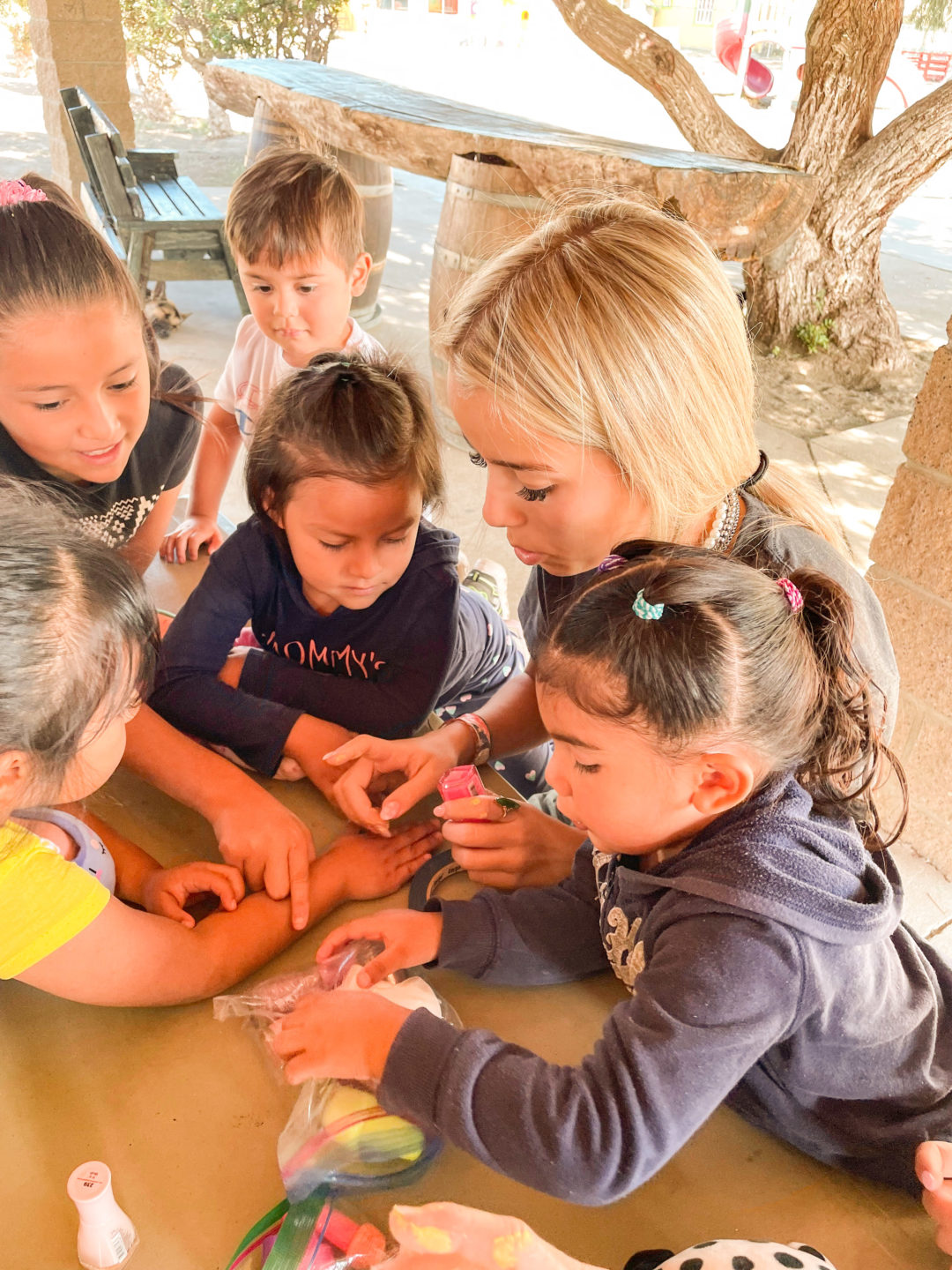
Not enough time: Volunteer vacations usually only last between a few days to a couple weeks. Since most of that time is spent working, volunteers miss out on opportunities to gain a deeper understanding of the culture of the country they’re visiting.
On A Child’s Hope trips, service projects only consume the morning of a day during a trip; the rest of the time is spent with the children or experiencing the local culture. In fact, whenever possible we encourage volunteers to join the children in preparing care baskets for local families, join the orphanage in church services, and explore what the local businesses have to offer.
Local economy is disrupted: When volunteers show up to do work, they’re often putting local labourers out of work.
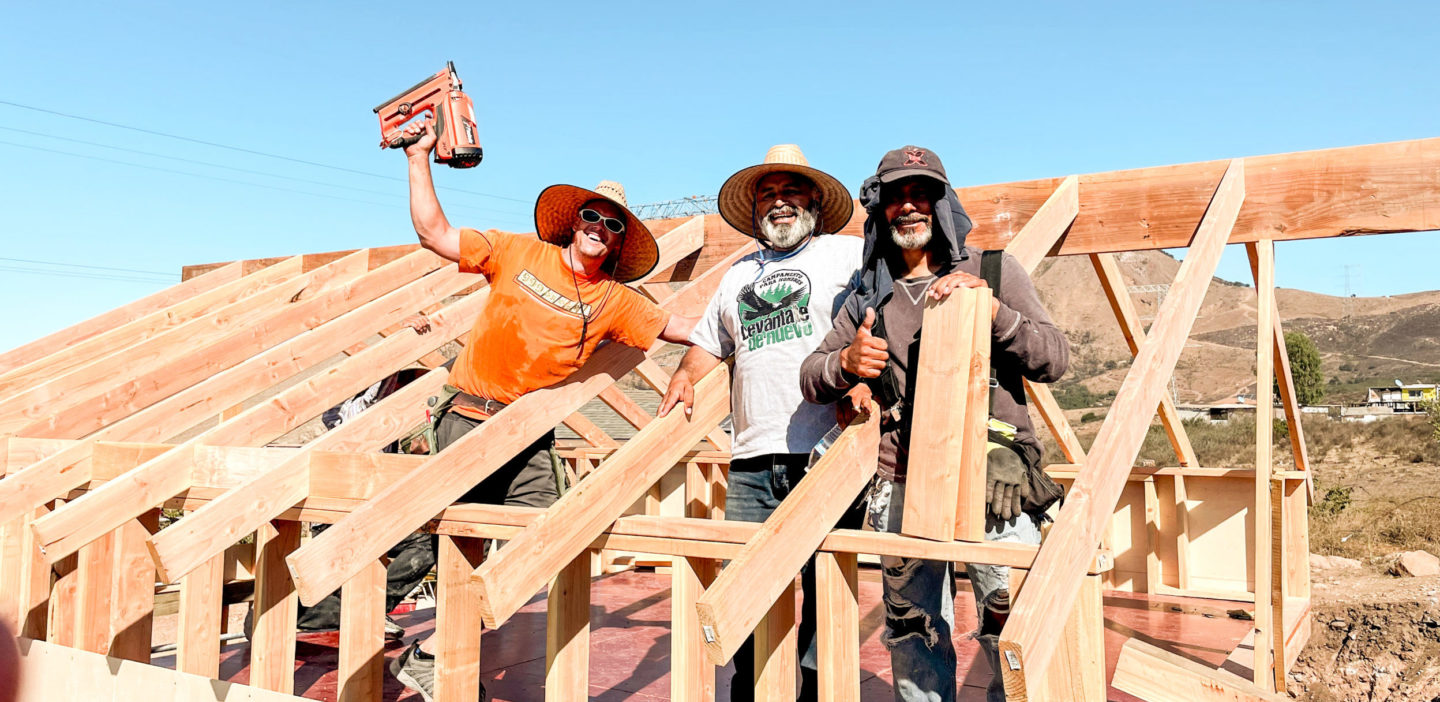
This criticism is assuming that the orphanages would get the work done through other means. Unfortunately, orphanages we partner with often don’t have expendable funds to put towards improving their facilities. The service trip fees from volunteers not only go towards the construction materials, but the additional cost for any skilled labor that can be hired locally. In some instances, we do use Project Tiles to fund construction projects to be completed by local laborers.
Poor supervision: Local communities are more prone to exploitation when voluntourists have inadequate supervision. Voluntourists may not mean any harm, but working with vulnerable people requires a stricter set of standards.
At A Child’s Hope, we partner with orphanage caregivers to ensure individuals are always being supervised and volunteers are never alone with children. Each of our trips is led by both a Trip Host and a Construction Supervisor. These individuals are trained on how to manage the activities and projects for volunteers, but also on how to interact with the orphanage staff, children, and members of the community. They also oversee the actions of volunteers, who are prepared with guidebooks and orientations prior to their trips. Activities during a service trip are almost always done as a group, with a few exceptions when volunteers may leave the orphanage to go shopping or to local restaurants within their family groups.
A Child’s Hope has been hosting service trips for more than a decade. In our years of experience, we’ve learned a lot and we’ve also changed a lot of our processes. We have scrutinized ourselves heavily to ensure that the work we’re doing isn’t creating more problems than it’s solving. The changes we’ve made to our programs and systems are showing us that in the end, the efforts performed on service trips are ultimately benefiting the children. If you have further concerns about how we maintain transparency, training, and relationships with local hosts, continue reading.
Where does the money from my service trip go?
Our trips break even; they’re not meant to make money for A Child’s Hope Foundation. Instead, funds go toward construction materials, food for volunteers, and the sleeping accommodations provided by the orphanage. Service trips are self-sustaining. A Child’s Hope Foundation charges as little as possible for the trips, so we can cover our costs to run them. Any additional funds that aren’t used for a trip are donated to the orphanage directly for other projects to be completed by local workers, emergency funds, and sometimes projects at other orphanages that need the funds. Learn more about where your trip fees go here.
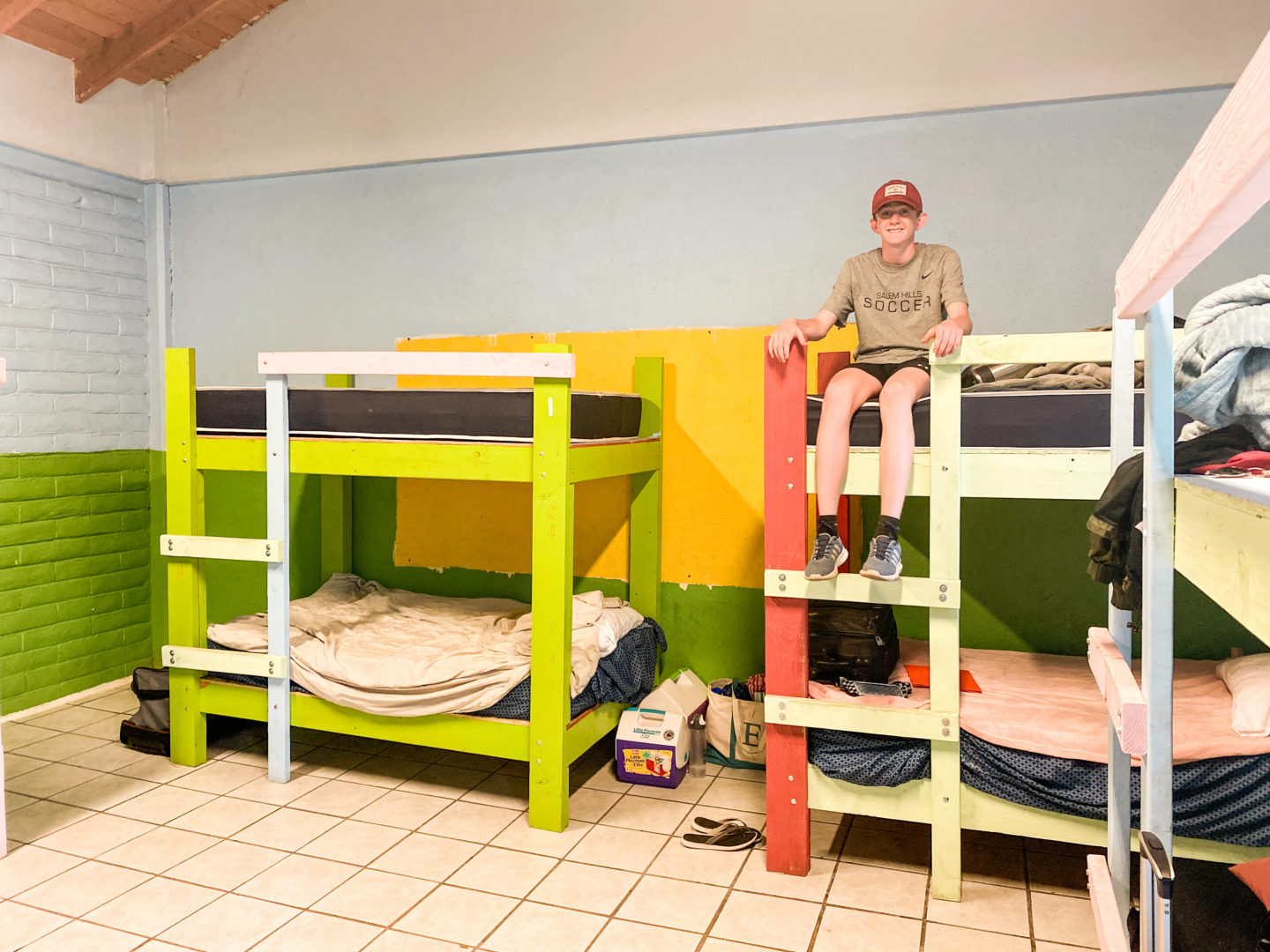
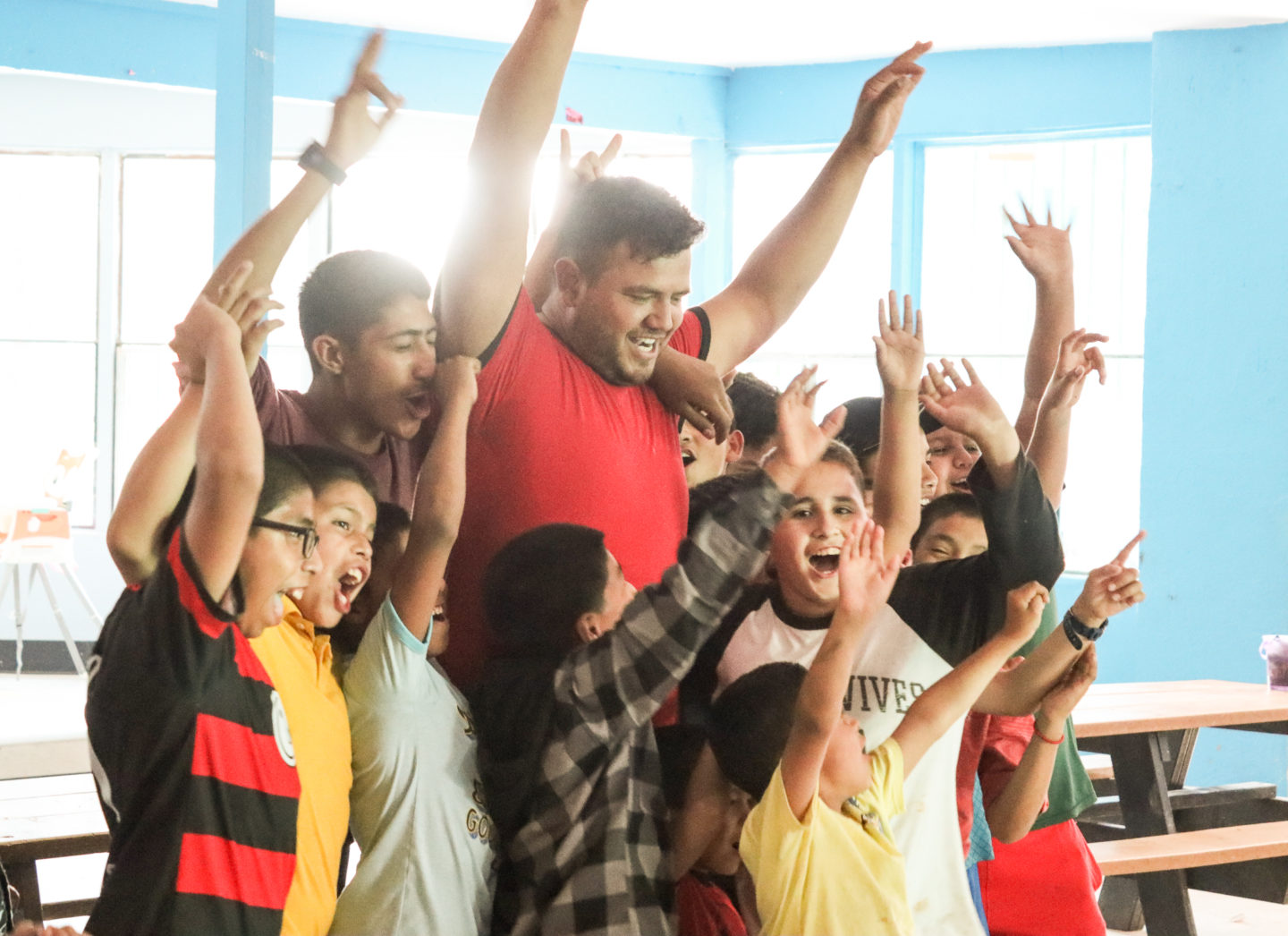
How do I know the children aren’t being abused by volunteers or caregivers?
We perform background checks on all volunteers over the age of 18 to help decrease the risk of volunteers with bad intentions interacting with the children.
In the orphanages we work with, we have a certification process in place to make sure that the kids have the stable foundation of a healthy environment. This process not only helps us understand the intent of the orphanage directors, but it also ensures access to therapists—for both the children and caregivers.
We assess each orphanage according to something we call the Thrive Assessment, which gives us a comprehensive view of what the orphanage is doing and not doing well.
Learn more about our certification process here.
Are orphanages the best place for children to be raised? Isn’t my participation in a service trip perpetuating the institutionalization of children?
The biggest problem with institutionalization is that children are not given individualized attention since it is usually a one-size-fits-all environment. The orphanages we work with are already mostly deinstitutionalized, in the sense that children are placed in family-style homes with caregivers who address their specific needs. The problem we’re solving is helping children who are often forgotten about and who don’t have the chance to thrive.
One way we ensure the safety and health of children is through our Child’s Hope Plan program, where the focus is on giving each child help through therapists, caregivers, tutors, and mentors. These adults in their lives act as guiding figures and allow them to heal from past trauma and create their own plan for their future.
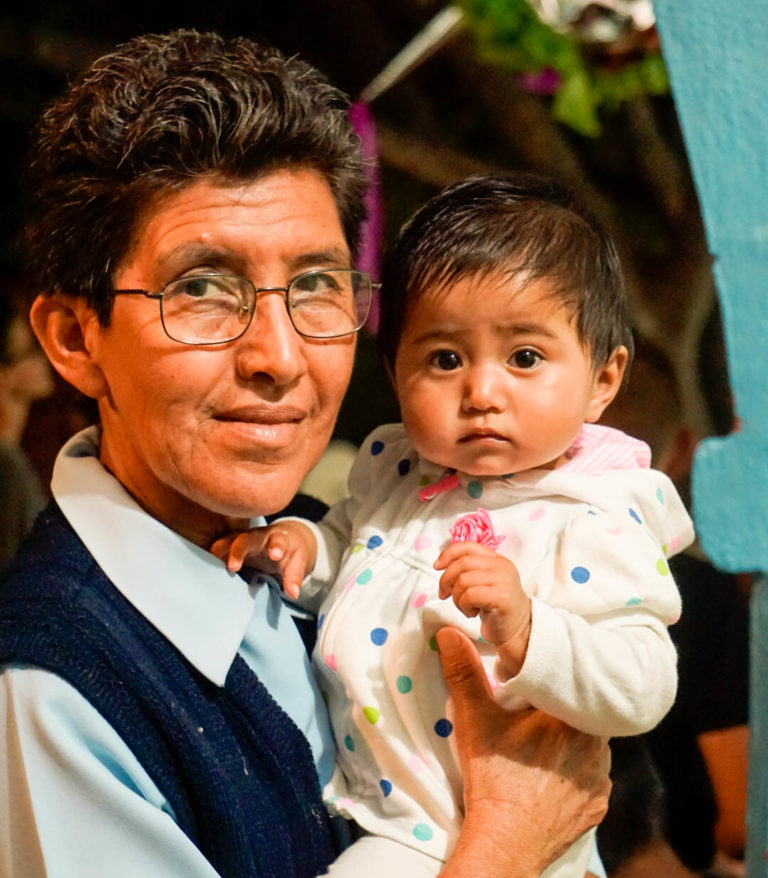
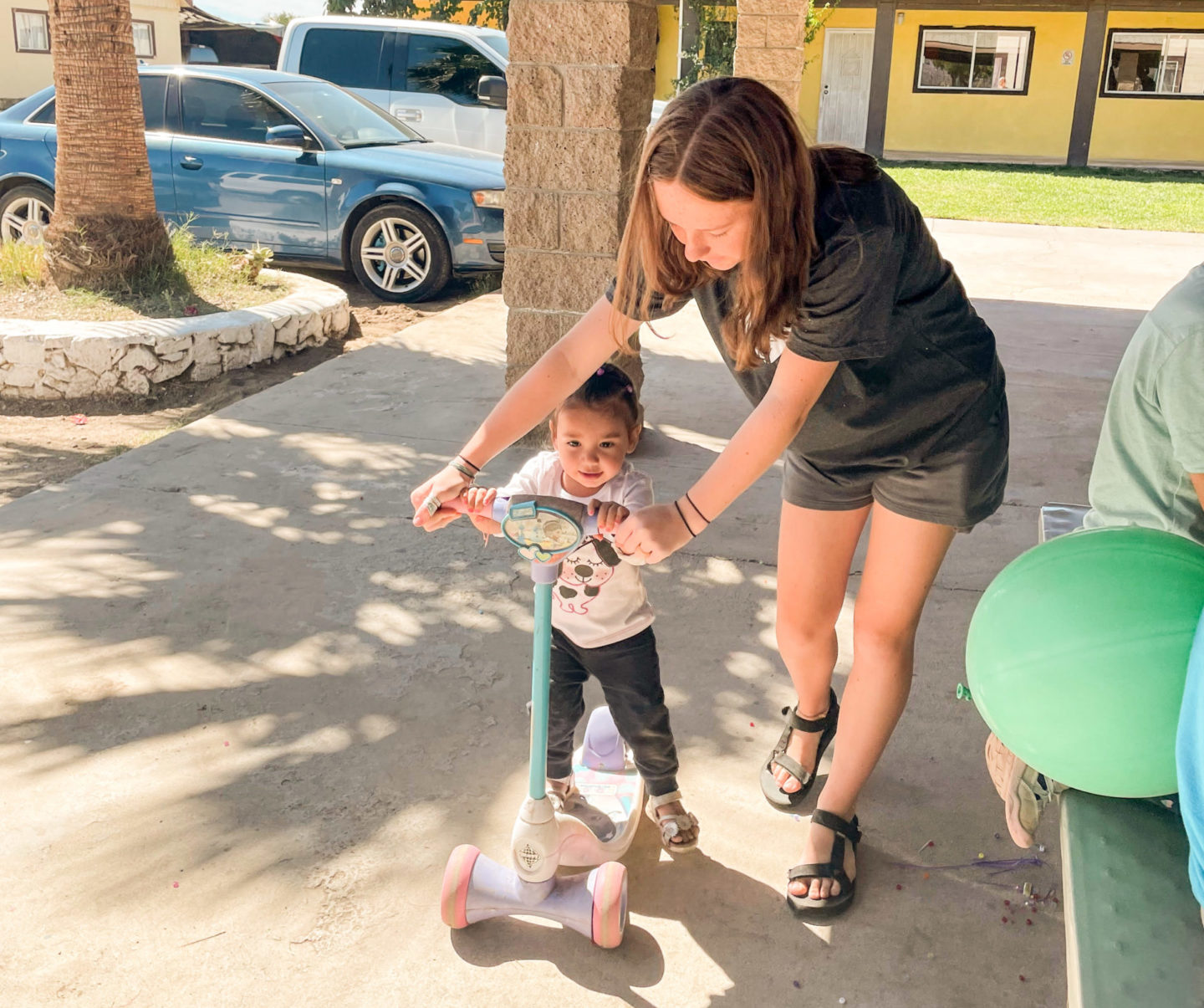
Are kids negatively impacted by the presence of people who come and go during a short time period?
The way we often explain it to volunteers is that because the kids never get to go on vacations, it is like having the fun Aunt or Uncle coming to visit. We’re there to provide respite for caregivers and to break up the monotony of the children’s lives. We tell our volunteers not to make promises they can’t keep, which can often lead to unhealthy attachment issues. Through our certification program, we prioritize making sure the kids have healthy relationships with orphanage directors, caregivers, mentors, therapists, and tutors. These adult figures in their lives provide stable and consistent guidance.
Are we helping kids or volunteers?
The great thing about service trips is we’re able to help both these groups. Children at the orphanages have the chance to have dedicated volunteers who are interested in playing and connecting with them, providing them respite from their daily routine.
Our service trips fit into our larger programs by providing volunteers an opportunity to connect in meaningful ways with people outside of their existing network. Oftentimes, trip participants return home as dedicated humanitarians who feel committed to supporting orphans in ways beyond just service trips. It’s hard to understand the challenges and obstacles these children face until you have the opportunity to connect with them and their caregivers on a personal level. Many of our volunteers decide to continue supporting our other programs that exist through in-country leadership and a regional team who is constantly advocating for the kids. Learn more about how service trips fit into the bigger picture here.
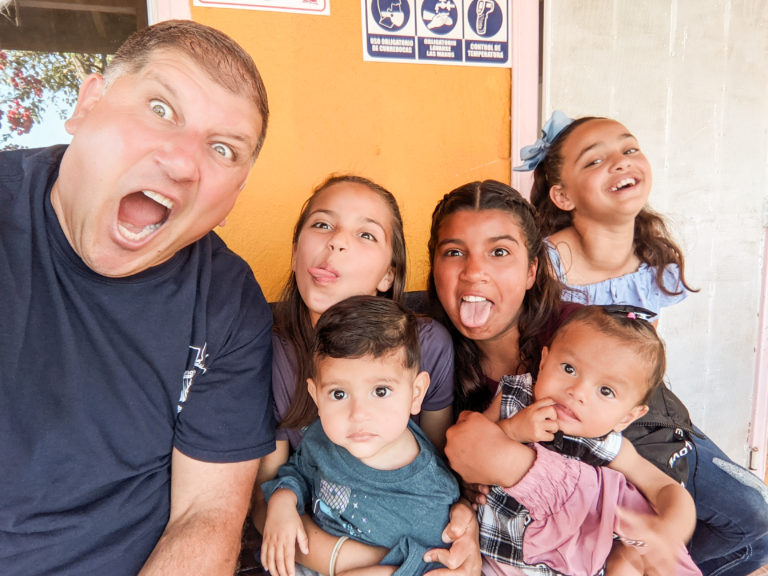
Many of the root issues related to voluntourism, when done poorly, stem from an assumption that we the non-profit, or we the volunteers, know what’s best for the orphanages we work with. As an organization, we are not here to insert ourselves into the homes that are already doing an amazing job of raising orphaned children. Instead, we are here to empower these caregivers to prioritize their needs through their Orphanage Improvement Roadmap created through dedicated time spent understanding each partner orphanage. This allows caregivers to examine where they can better care for their kids and what steps they want to take to improve their homes. When we have a clear understanding of what the orphanage directors need from us, we can then allow volunteers to alleviate those needs and provide an uplifting experience that will also benefit the children.
Our overall involvement in the kids’ lives is merely occasional; we only play with them for an hour or so a day to accommodate their existing schedule. Our goal is not to disrupt their lives and make them work around us. We bring fun and novelty and something to look forward to, a respite from too much TV watching, a special outing or two, and a feeling of vacation.
